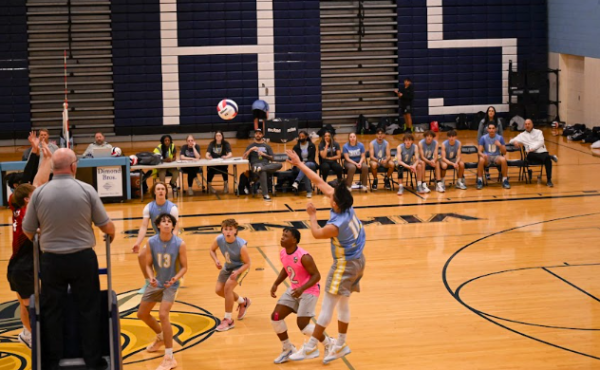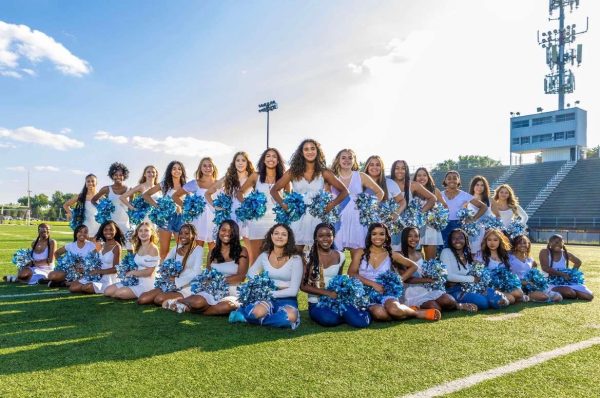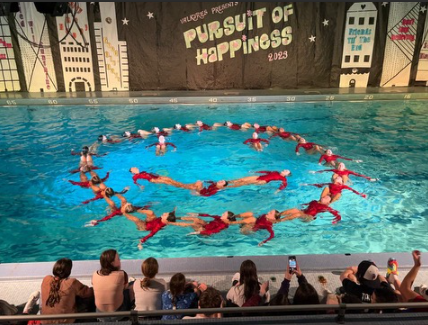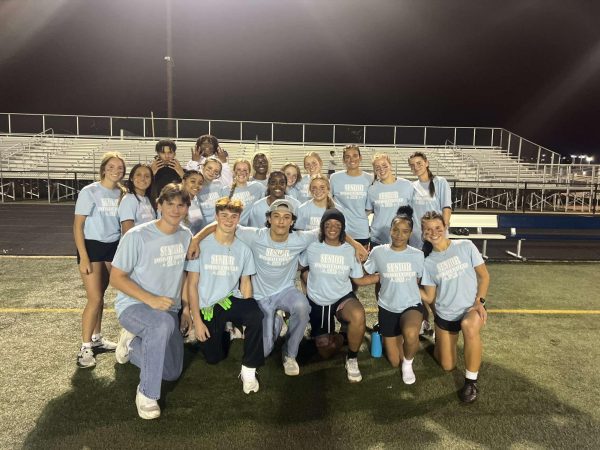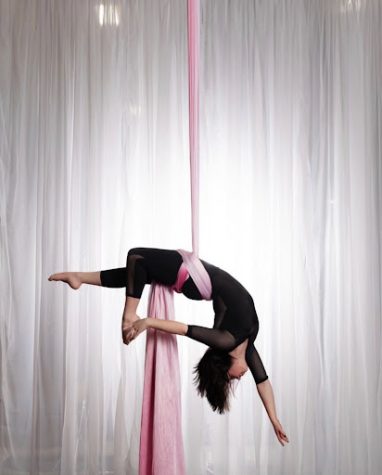Mascots on the offense?
January 2, 2018
Sports teams today often have logos and mascots based upon two things: animals and history. In the three major American sports – football, baseball, and basketball – 34% of all teams’ logos/mascots are animal based. History driven logos tend to be associated with the city or region the team is located in, and this may influence the way teams are named. History has inspired names such as the New England Patriots, derived from the region’s efforts in the American Revolution, or the Pittsburgh Steelers, which is based on the city’s vast steel industry.
Many of these teams have positive and accurate historical depictions, but some do not. Some teams have inaccurate and even racist depictions of certain cultures. The culture depicted the most, though, is that of Indigenous Americans.
“We (as a people), need to be sensitive to any language or images offending all cultures, including Native Americans,” said Ms. Itasha Montgomery, Spanish teacher.
The example dominating headlines is that of the Washington Redskins, a professional football team that has been in existence since 1933. For many teams now being criticized for cultural insensitivity, the offensive part of their image is the logo, and not the language. With Washington, the imagery isn’t seen as being too offensive; rather, it is the name that is the part that offends many. The name has been traced back to several different origins; some say it was derived from a European term for face painting, while others say it is a reference to scalping. Either way, these are not fondly remembered origins for Native Americans. But Washington’s owner, Dan Snyder, has vowed to never rebrand the team.
“A Redskin is a football player,” said Snyder, “A Redskin is our fans, the Washington Redskin fan base. It represents honor, represents respect, represents pride, hopefully winning.” (www.washingtonpost.com).
Conversely teams like the Florida State Seminoles and the University of Utah Utes, both received Native American blessing for their existing names and imagery.
“If the depiction is negative or portrays a certain people in a negative light, then it shouldn’t be,” said senior Lance Hainchek, a die-hard Florida State Seminoles fan.
Other teams have received outcries to change their logo. An example of this would be the University of Illinois, who, for some, is perfectly fine, and for others, need to completely cut ties with Chief Illiniwek, the team’s mascot.
“Hononegah Indians and Chicago Blackhawks are fine,” said Maya Peynetsa, Junior, who is half Zuni Pueblo, a northwest New Mexican Tribe. “But Washington Redskins is a bit offensive knowing that we were discriminated against and called ‘Redskins.’ it’s a racial slur.”



